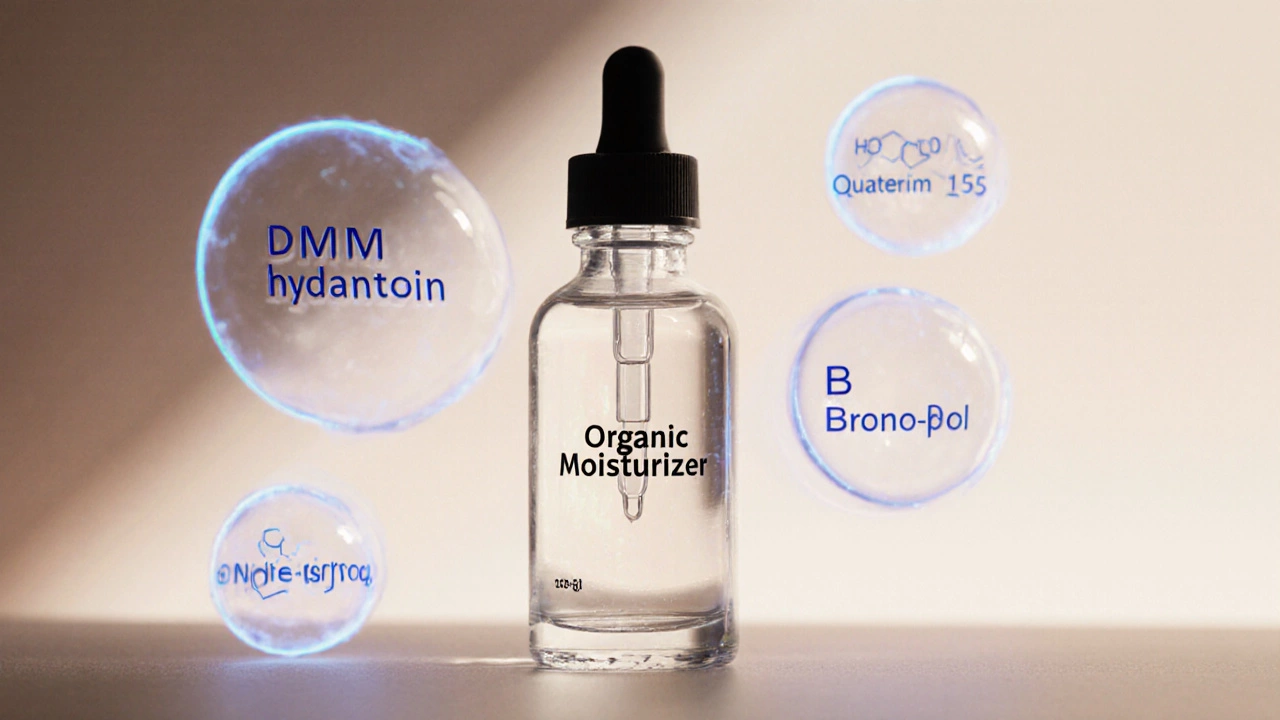Parabens in Skincare: What They Are, Why They Matter, and What to Look For
When you see parabens in skincare, a group of synthetic preservatives used to stop bacteria and mold from growing in beauty products. Also known as methylparaben, propylparaben, or butylparaben, they’ve been in creams, lotions, and serums for over 80 years because they’re cheap and effective. But lately, people are asking: are they harmless, or are they hiding risks?
Here’s the thing — paraben-free skincare, products that avoid these preservatives and use alternatives like phenoxyethanol, radish root ferment, or vitamin E. Also known as preservative-free formulas, they’ve exploded in popularity as more shoppers demand cleaner labels. You’ll find them in everything from organic face washes to high-end serums. But switching to paraben-free doesn’t automatically mean safer. Some replacements can irritate sensitive skin or break down faster, making products spoil quicker. And not all brands are transparent about what they use instead.
The real issue isn’t just whether parabens are bad — it’s about understanding the full picture. Studies from the FDA and the EU’s SCCS say current levels in cosmetics are safe. But other research, like a 2004 study in the Journal of Applied Toxicology, found traces of parabens in breast tumor tissue. That doesn’t prove they caused the tumors, but it’s enough to make people pause. If you’re pregnant, have hormone-sensitive conditions, or just want to cut down on synthetic additives, skipping parabens makes sense. You don’t need to panic — but you should read labels.
Look for ingredients like methylparaben, ethylparaben, propylparaben, or butylparaben on the back of your bottle. They’re usually listed near the end, since ingredients are ordered by concentration. If you see them, ask yourself: is this product worth the trade-off? A moisturizer with parabens might last a year without going bad, while a natural one might need refrigeration after opening. That’s not always obvious from the packaging.
And here’s what most guides miss: parabens aren’t the only preservatives you should worry about. Formaldehyde-releasers like DMDM hydantoin can be just as concerning. So don’t just chase "paraben-free" — learn how to spot the real red flags. The goal isn’t perfection. It’s awareness.
Below, you’ll find honest breakdowns of products that contain parabens, clean swaps that actually work, and what the science says about long-term use. No hype. No fearmongering. Just what you need to make smarter choices for your skin.

